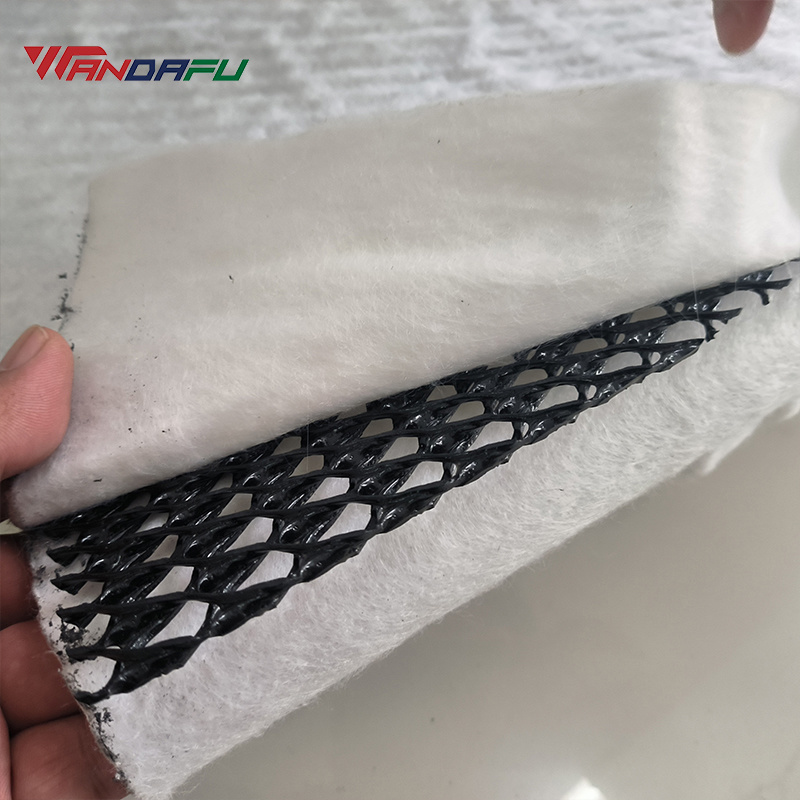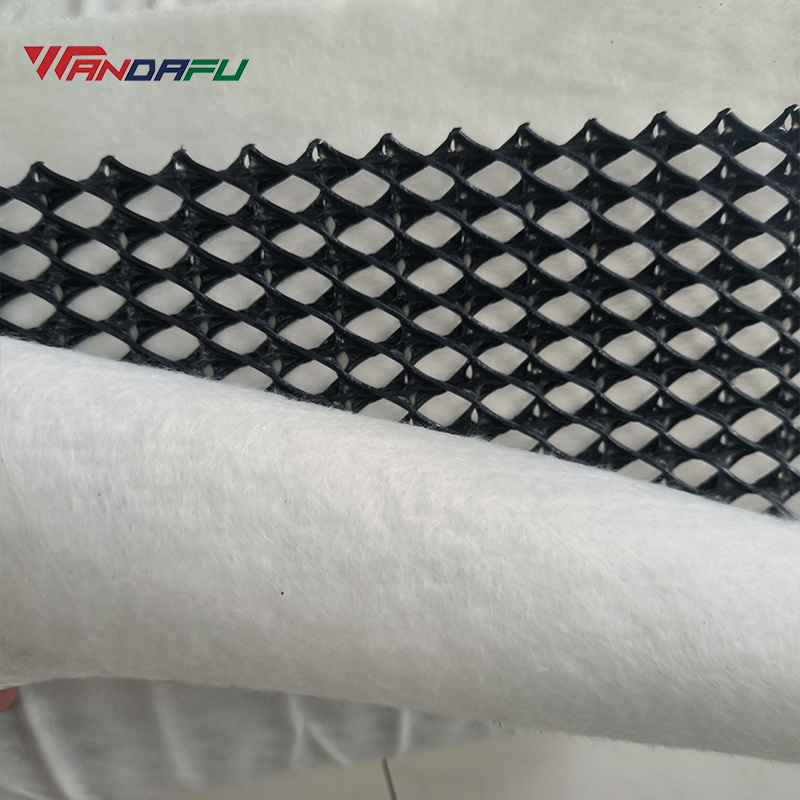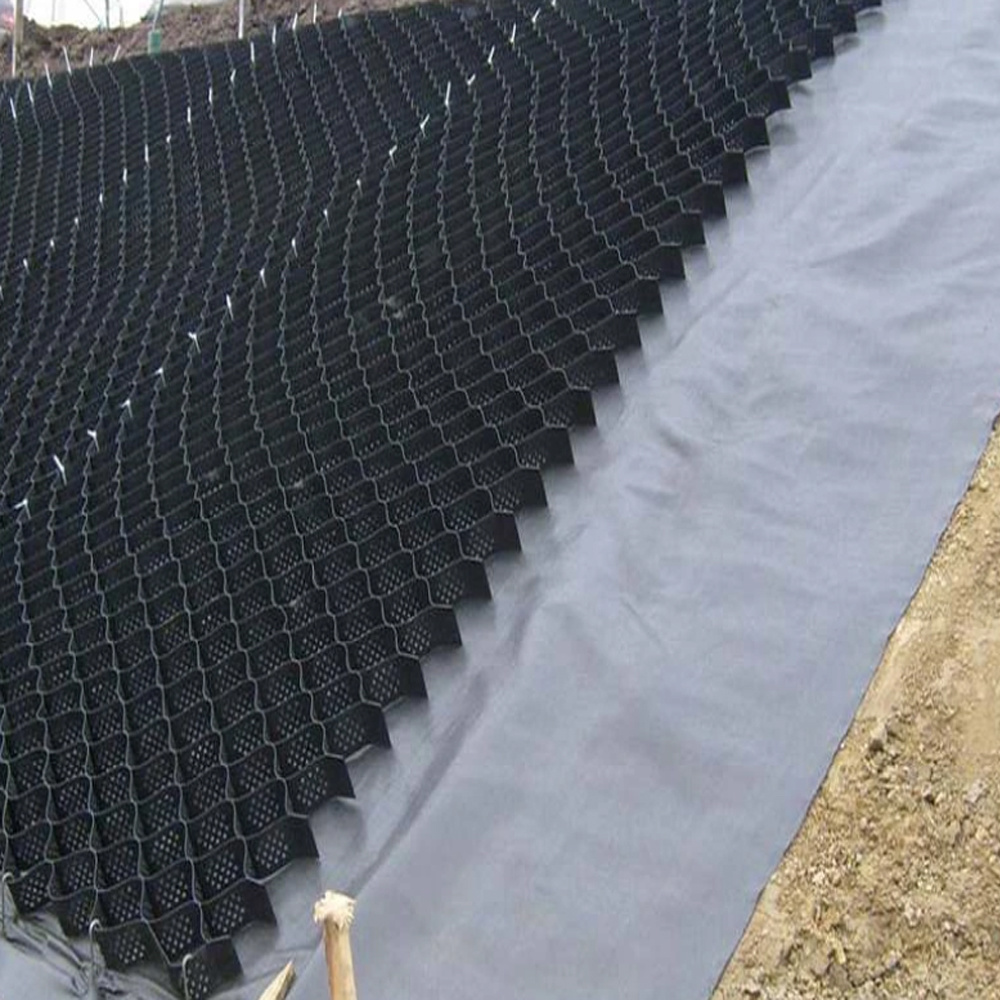
Why Choose 3D Composite Drainage Net for Landfill & Road Construction?
Release time:
2025-05-31
In civil engineering and environmental management, innovative solutions are constantly sought to address the growing challenges of landfill and road construction projects. One such solution gaining attention is the 3D composite drainage net, a geosynthetic material revolutionizing drainage, filtration, and erosion control in modern infrastructure. This article explores why 3D composite drainage nets are becoming the preferred choice for landfills and road construction, highlighting their benefits, applications, and real-world success stories.
In civil engineering and environmental management, innovative solutions are constantly sought to address the growing challenges of landfill and road construction projects. One such solution gaining attention is the 3D composite drainage net, a geosynthetic material revolutionizing drainage, filtration, and erosion control in modern infrastructure.
This article explores why 3D composite drainage nets are becoming the preferred choice for landfills and road construction, highlighting their benefits, applications, and real-world success stories.



The Importance of Effective Drainage in Landfills & Roads
1. Landfill Challenges
Landfills are critical for waste management but pose environmental risks if not properly designed. Key concerns include:
-
Leachate buildup (toxic liquid from decomposing waste)
-
Methane gas emissions (flammable and odorous)
-
Soil erosion & slope instability
-
Stormwater runoff pollution
A well-designed drainage system is essential to prevent groundwater contamination and structural failures.
2. Road Construction Challenges
Water is one of the biggest threats to road longevity. Poor drainage leads to:
-
Pavement erosion (due to hydrostatic pressure from trapped water)
-
Base layer weakening (reducing load-bearing capacity)
-
Frost heave & cracking in colder climates
Conventional drainage methods (gravel layers) are often costly and inefficient. 3D composite drainage nets offer a superior alternative.
What Is a 3D Composite Drainage Net?
A 3D composite drainage net (or geocomposite drainage system) consists of:
-
A 3D polymer core (for high water flow capacity)
-
Non-woven geotextile layers (for filtration and soil separation)
This combination provides:
✔ High permeability (rapid water drainage)
✔ Superior filtration (prevents soil clogging)
✔ High compressive strength (resists heavy loads)
✔ Long-term durability (resistant to chemical degradation)
Key Applications in Landfill & Road Construction
1. Landfill Applications
-
Leachate Collection – Drains toxic liquids away from waste, reducing contamination risks.
-
Stormwater Management – Diverts rainwater to prevent erosion and runoff pollution.
-
Gas Venting – Allows safe methane extraction, reducing explosion hazards.
-
Slope Stabilization – Reinforces landfill walls to prevent collapses.
-
Vegetation Support – Helps grow protective vegetation on landfill caps.
2. Road Construction Applications
-
Subsurface Drainage – Prevents water accumulation under pavements, extending road life.
-
Replacement for Gravel Layers – Reduces construction costs while improving drainage efficiency.
-
Erosion Control – Protects embankments from washouts.
-
Frost Protection – Minimizes freeze-thaw damage in cold climates.
Case Study: Malaysia’s Besraya-Ulu Klang Expressway
Project Challenge:
Malaysia’s tropical climate brings heavy rainfall, demanding advanced drainage solutions for highway durability.
Solution:
A 3D composite drainage net (7mm core + 200g/m² geotextile) was installed to:
-
Enhance subsurface drainage
-
Reduce base layer thickness
-
Improve load distribution
Result:
✔ 30,000 m² installed successfully
✔ Met ASTM standards for strength & permeability
✔ Extended road lifespan by reducing water damage
Why Choose 3D Composite Drainage Nets?
✅ Cost-Effective – Reduces material and labor costs compared to traditional gravel layers.
✅ Eco-Friendly – Minimizes soil erosion and water pollution.
✅ High Performance – Withstands heavy loads (up to 3000 kPa) while maintaining drainage efficiency.
✅ Regulatory Compliance – Helps meet environmental and engineering standards.
Conclusion
For landfills and road construction, 3D composite drainage nets provide a durable, efficient, and cost-saving solution. Their ability to manage water, reinforce structures, and comply with regulations makes them indispensable in modern civil engineering.
Interested in integrating 3D drainage nets into your project? Consult with geotechnical experts to determine the best specifications for your needs.
Latest News



